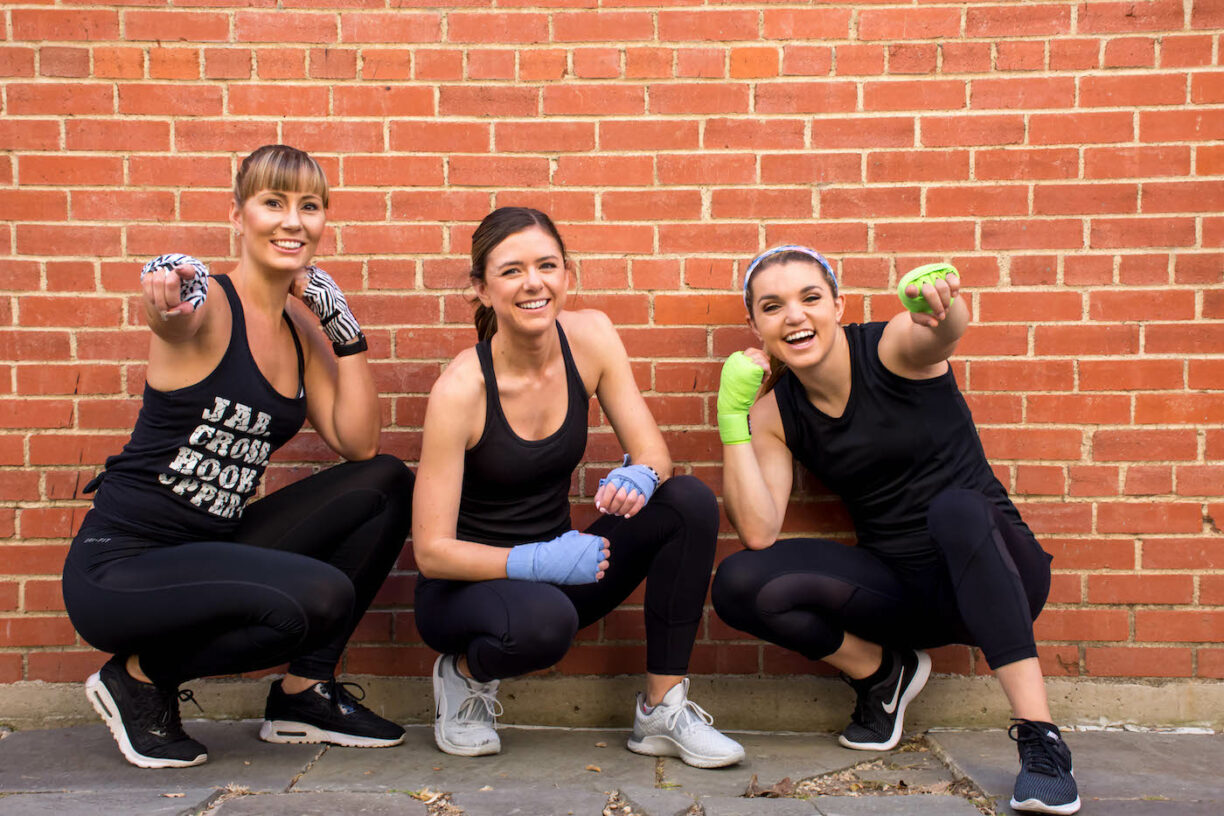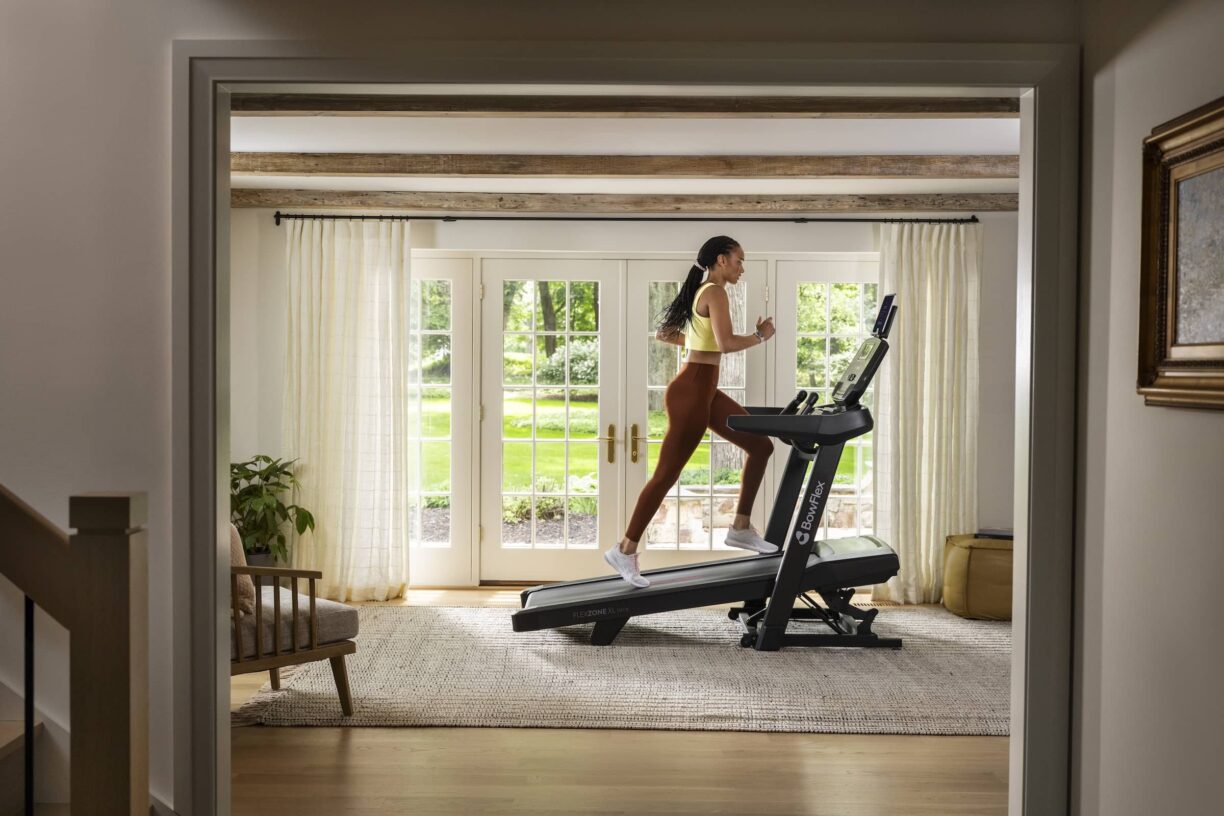
Changing from one-on-one training to leading group sessions may make you feel nervous.
Multiple clients needing your attention and guidance is a daunting prospect. After all, how can you possibly watch up to 10 people training at once!
Small group training is becoming a popular way for many to train. You must adapt to this new trend to succeed in the modern fitness industry.
The good news is that it’s not as difficult as you may be imagining! Training in small groups can be more effective for the group, makes the session easier for you, and more enjoyable too!
Here’s all you need to know.
Why Choose Small Group Training?
Small group training can be a more effective way to train. First, the social aspect can really enhance training sessions.
Working in a group means clients can help keep each other motivated. It can also make the training session much more fun!
If a training session has been booked by a group, it’s usually booked and paid for in advance. Dropping out means clients may lose their money and let their friends down.
Clients are far more likely to stick to an exercise regimen when booking as part of a group. They don’t want to let the others down!
One-on-one personal training is not affordable for everyone. However, a group session can often be cheaper which makes it more accessible to a wider range of clients.
For further information, check out this comprehensive guide on How To Set Up And Track Small Group Personal Training.
The Best Exercises for Small Group Training
Putting together a routine for small group training will vary based on the available equipment, space for training, and the groups fitness levels. Here are some ideas.
Equipment Training
Barbells, kettlebells, and suspension trainers could all feature in small group training. On a suspension trainer the group might do curls, lunges, rows, and push-up variations.
A kettlebell session might feature plank rows, squats, figure eights, and swings.
Just make sure there is plenty of room for everyone to exercise safely. During the session you should be able to monitor everyone’s progress and give individual assistance when required.
Circuit Training
Circuit training is great for new or advanced exercisers. Start by setting up stations and advising one or two clients to go to each station for a set time or a specific amount of repetitions.
Effective circuit training will mix upper and lower body exercises. Short bursts of cardio like high knee marches or jumping jacks can be added to elevate the heart rate.
Clients that are new to exercise should start with basic exercises. Lunges, push-ups, bodyweight squats, and biceps curls are ideal at first.
Moving on to more experienced exercisers, combination moves like clean and jerks and lunges with biceps curls or squats with shoulder presses can make training challenging and interesting.
The Benefits of Small Group Training
Research shows that working out in a group has many advantages. It boosts commitment, pushes people to train harder, and means individuals have more support from each other within the group setting.
Focusing on a group means you are sharpening your own personal training skills. Making sure multiple people are doing the right thing is a bigger challenge than watching one person!
Exercising with a group of friends can be much more fun. Not only can they help keep each other motivated but every session should be lively.
Small group training can be an awesome way to help a group of committed individuals reach their training goals.
Whether they want to lose weight, get fitter, or use the time as a social activity, you can facilitate these sessions to a high standard.
Simply put together the best routine based on the group’s skill level and you are good to go!





